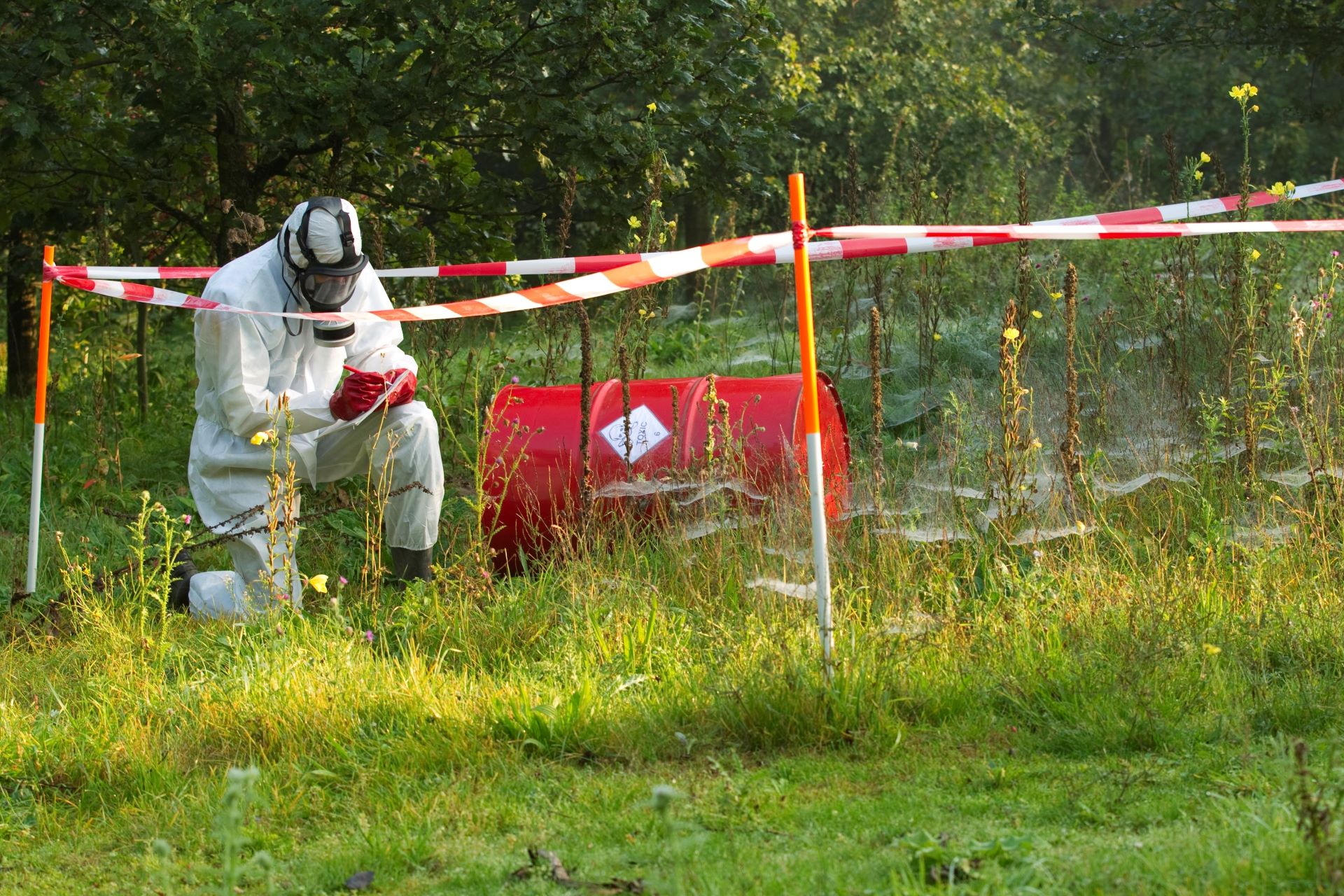On Wednesday, May 13, I presented at the Geosyntec PFAS Technical Experts Launch Webinar Series on the panel, “The Evolution of PFAS Litigation and Future Drivers.” The attendees included over 1,000 environmental practitioners across the country. The panel was moderated by Dr. Rula Deeb of Geosyntec and other panelists included lawyers from Bick Law LLP, Crowell & Moring, LLP, Godfrey & Kahn S.C., and Manko, Gold, Katcher and Fox LLP.
My discussion focused on how states are managing the dynamic issues of regulatory and technical developments related to PFAS emerging contaminants. State activities can be a driver for litigation, and litigation can be a driver for states to take action. Many PFAS issues in states have tended to arise after an acute local issue raises awareness and spurs the state to act.
Even though state activities are based on local factors, there are certain trends emerging when comparing responses across the various states. Some states are taking a “wait and see approach,” perhaps because they don’t have the resources to take action or their state has adopted a strong “no stricter than federal” regulatory policy. Other states have put together task forces to study the issue. Another trend is that some states have initiated litigation, primarily against the manufacturers of PFAS compounds, to recover money that states have and will spend in responding to PFAS emerging contaminants. Of course, these trends are not mutually exclusive; states could be doing one or all of these.
Another trend we’re seeing is states taking legislative action to address PFAS. Legislation could be in the form of appropriating funds to study or respond to PFAS. Other legislation targets the use of aqueous film forming foam (AFFF) that may be used to treat certain types of fires. A third type of legislative activity focuses on the use of PFAS compounds in food packaging.
On the regulatory front, states are setting cleanup standards and screening levels. There is wide variability between the types of PFAS compounds and associated remediation media and pathways of exposures that are being regulated. A handful of states are also working on their own drinking water standards for two to seven individual PFAS compounds.
Outside of legislative and regulatory activities, states are also conducting statewide surveys of various PFAS issues, including surveying public water supplies, assessing impacts from industrial sources, sampling surface water, studying potential impacts to fish and wildlife, and looking at the AFFF inventory at firefighting units.
An emerging trend we hope to see continue is increased coordination among the states and the federal government, leading to unified national approaches instead of fifty individual state solutions.










/Passle/6488d4630e7e25c9ac9f834a/SearchServiceImages/2024-11-14-13-11-27-495-6735f6fff42d6cc59c8ec5c1.jpg)
/Passle/6488d4630e7e25c9ac9f834a/SearchServiceImages/2024-11-11-22-02-38-042-67327efe31216b909e6ea644.jpg)
